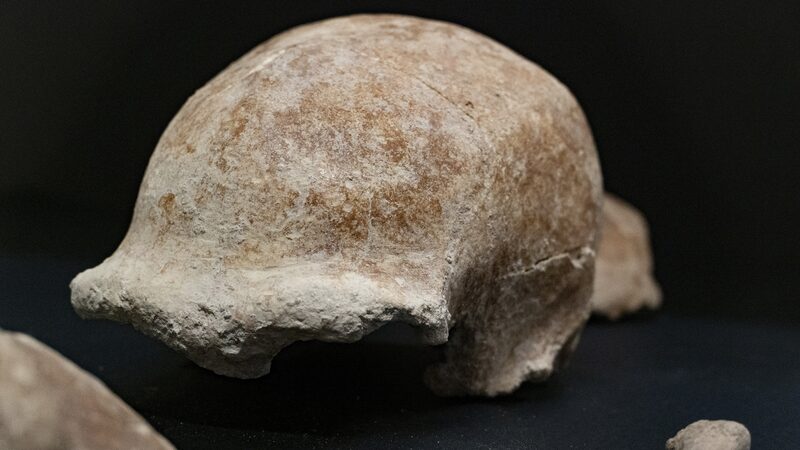An international team of scientists from China and the United States has discovered compelling evidence of gene flow between modern humans and Neanderthals, shedding new light on our prehistoric ancestry.
The collaborative research, conducted by experts from Southeast University in Nanjing and Princeton University, revealed that Neanderthal genomes contain between 2.5 and 3.7 percent of genetic sequences originating from modern humans.
Neanderthals, an extinct species of archaic humans, roamed Europe and Western Asia around 400,000 years ago before disappearing approximately 30,000 years ago. As modern human populations migrated from Africa to the Middle East, they coexisted with Neanderthals, sharing both time and landscape, which led to periods of genetic mixing.
Using a new method for estimating the presence of human-introgressed sequences within the Neanderthal genome, the researchers analyzed whole-genome sequence data from a diverse sample of 2,000 contemporary humans and three Neanderthals.
The study, published in the latest edition of the journal Science, also suggests that there were two distinct waves of gene flow from humans to Neanderthals, occurring around 200,000 and 100,000 years ago, respectively.
Additionally, the genetic data revealed that the Neanderthal population was significantly smaller than previously thought—approximately 20 percent less—implying that harmful mutations were more likely to accumulate in their gene pool.
The smaller estimated population size and inferred admixture dynamics support the idea that the Neanderthal population decreased over time, ultimately being absorbed into the modern human’s gene pool, according to the researchers.
This groundbreaking discovery not only deepens our understanding of human evolution but also highlights the complex interactions between ancient human species.
Reference(s):
Scientists identify gene flow of modern humans with Neanderthals
cgtn.com








